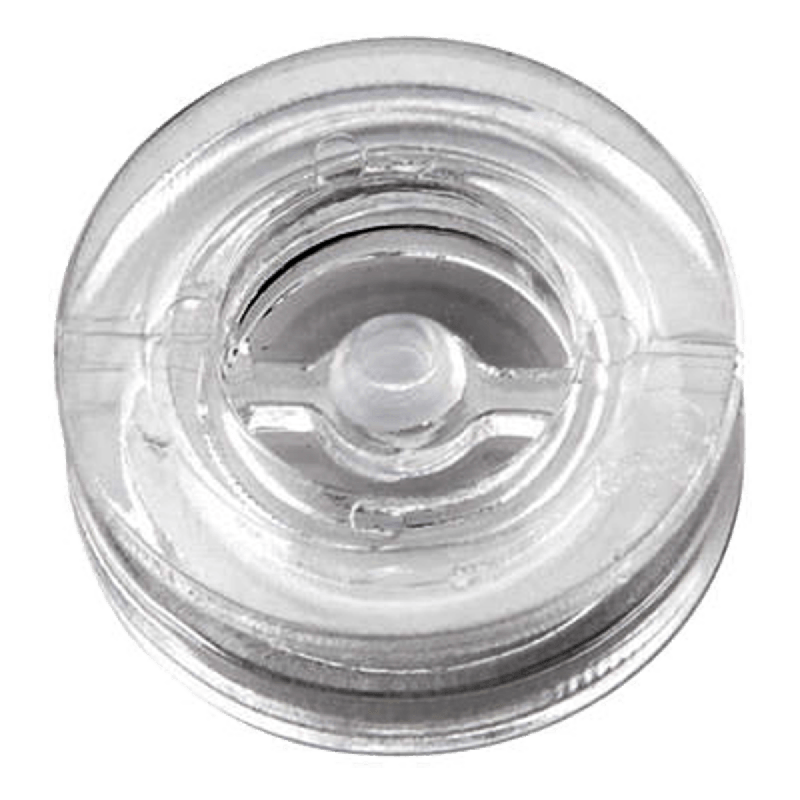I got stumped by a student in a dry suit course who had an issue I'd not anticipated. He was diving with a dry hood attached to the suit. (Long story, he's working with a public agency dive team, and uses their equipment. It's not something he rented from a LDS or went out and bought on his own. In that setting he'd use FFM, though he had a standard mask with me.)
During the second training dive, he mentioned that he was getting an air bubble in the hood and wasn't sure how to get rid of it. I've never dived this kind of suit and my limited consultation of the internet didn't find a "standard" solution.
Any thoughts on the following possible solutions:
During the second training dive, he mentioned that he was getting an air bubble in the hood and wasn't sure how to get rid of it. I've never dived this kind of suit and my limited consultation of the internet didn't find a "standard" solution.
Any thoughts on the following possible solutions:
- Remove it and go with a neoprene dry suit hood. You’d lose the benefits of a dry head and an environmentally sealed suit, though.
- Wear a neoprene dry suit hood over the suit. That might get enough compression to keep the hood from filling with air. You might lose a bit of thermal advantage from the dry hood doing this, but I don’t think it’d be significant. You might gain some advantage from the neoprene....
- Go head down if you’ve got a bubble in the hood and see if the air re-distributes to the rest of the suit. Make sure your at least neutral, or perhaps just a little negatively buoyant when doing this. You don’t want to start rising to the surface with your feet up. I’d also vent as much air from the suit as possible before trying this. I'm skeptical on this because I think there's a neck seal as well. I can't see the air working its way back into the suit past a neck seal.
- “Burp” the hood by going face-up, forcing the air bubble near your chin and, if necessary, pulling away the suit at that point. I suspect if you could work the air bubble close to your face opening, it’ll force it’s way out. The drag with this technique is that it would require breaking the environmental seal potentially, With a full face mask, it may not be a big issue, though. I suspect the air would vent out through the mask exhausts.
- Avoid getting air in that space. Is this really a problem of over-inflating the dry suit?








